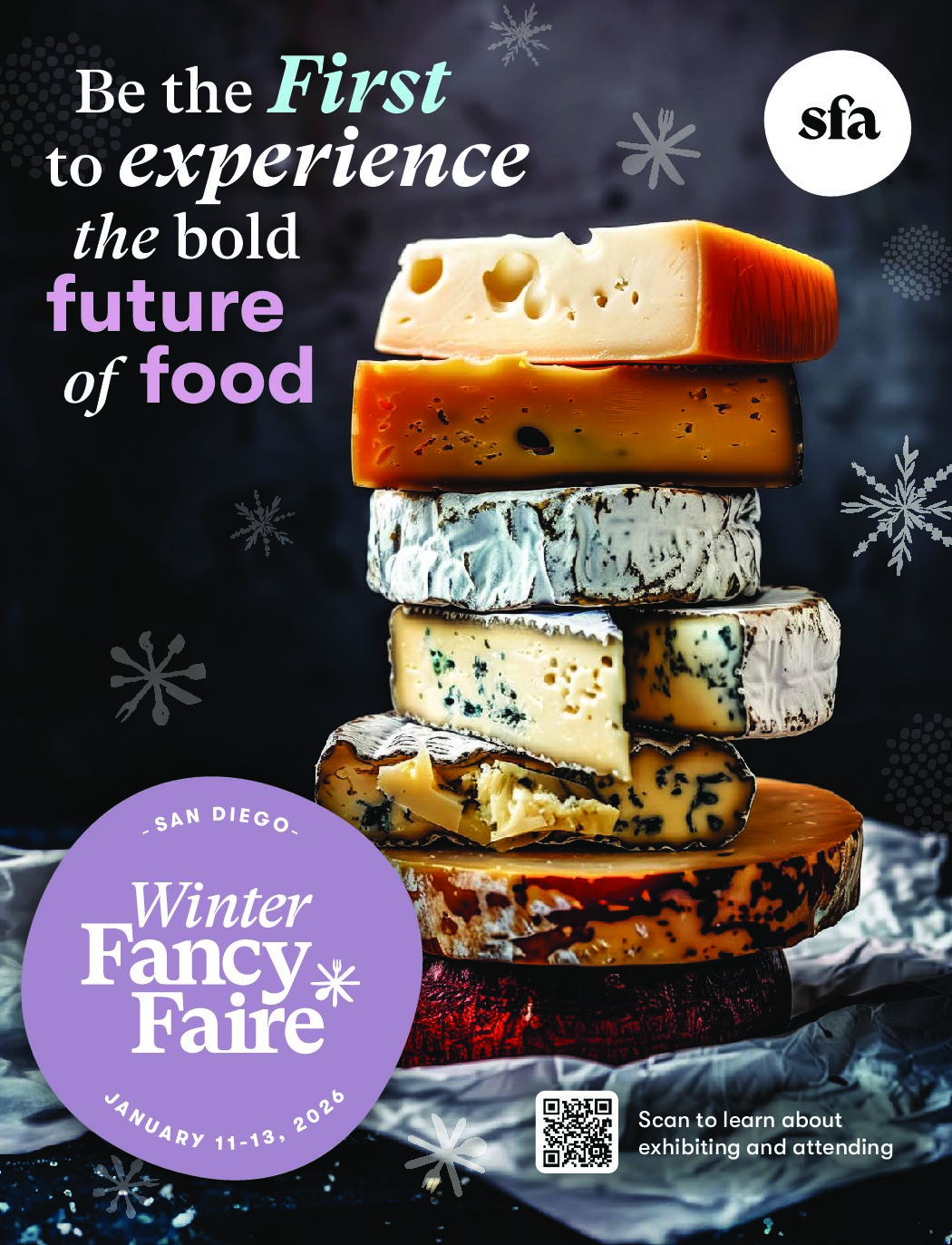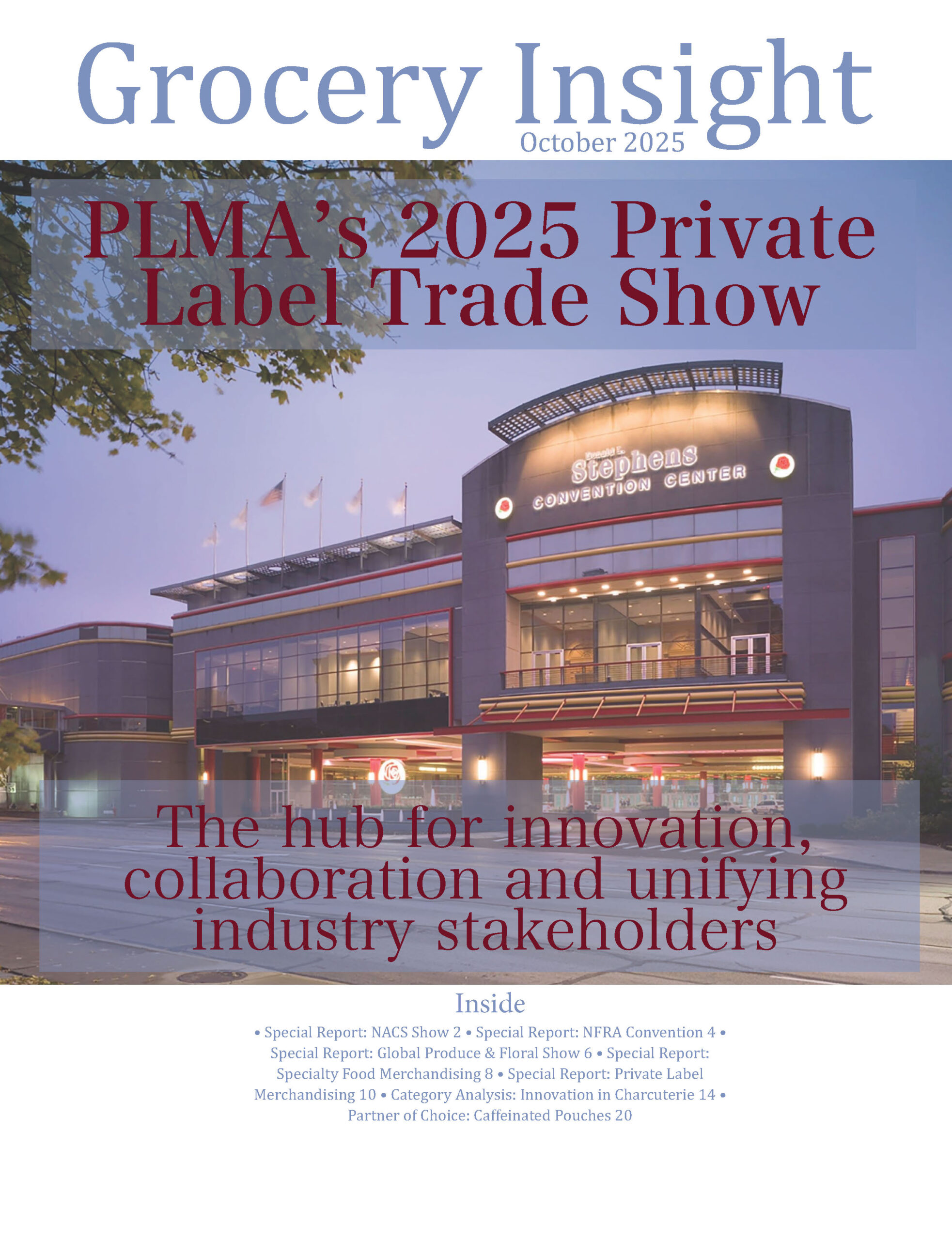Special Report: Specialty Foods Merchandising
Gourmet and specialty options are present in practically every category from the deli section to the center of store aisles. These premium, high-quality offerings have substantially enhanced categories that typically offer everyday options and have played a major role in driving growth across multiple categories.
“Specialty foods are showing up everywhere, from frozen to dairy to the center store and beyond,” said Leana Salamah, SVP of Marketing & Communications for the Specialty Food Association. “They stand out because of their focus on quality ingredients, compelling brand stories, and thoughtful production methods—attributes that align directly with what today’s consumers are looking for. For retailers, that translates into real opportunities across the store, with specialty items adding energy and excitement to categories that might otherwise feel routine.”
“Take the tinned fish aisle as an example,” Salamah continued. “Once a fairly traditional category, it’s now experiencing a surge in popularity, especially among younger shoppers. Newer brands are capturing attention, while heritage companies are finding renewed relevance. That activity grows basket size, differentiates retailers from competitors, and positions them as leaders in trend-forward merchandising—critical at a time when shoppers are exploring multiple retail formats.”
“Specialty foods can also create entirely new subcategories,” she added. “Chili crisp is a perfect example: once a niche condiment, it’s now a shelf staple at many major retailers, spawning multiple competing brands in less than a decade.”
In the coming months, the Specialty Food Association is debuting Winter FancyFaire*, and one of the many advantages of the show specific to retailers is how they will be able to experience up- and-coming trends in person.
“Retailers are busier than ever, so Winter FancyFaire* is built to surface trends in ways that are inspiring, practical and easy to act on,” Salamah said. “The goal is to make it simple for buyers to take what they see at the show and translate it into shopper engagement strategies in their own stores. The Spotlight Shoppe is one example. Instead of a static showcase, it’s a curated storefront where products are merchandised as they would be at retail—complete with end caps, shippers and shelf blades. This gives buyers a realistic sense of how products could live on their own shelves. Discovery Kitchen takes this further by integrating exhibitor products into live culinary experiences. Attendees can taste these products and will walk away with inspiration for demos, cross-category displays or trend-driven programming in their own stores.”
One distinctive trait of the specialty and gourmet space is the fact that consumers who shop for these products and ingredients understand why these goods often come at a higher price. They will adjust to continue buying specialty and gourmet because they’ve experienced the higher level of quality associated with premium offerings, even when they are seeking value in other areas of their household budget.
“Specialty food isn’t defined by price—it’s defined by who makes it, how it’s made, and why it exists,” Salamah said. “For today’s shopper, ‘specialty’ doesn’t necessarily mean luxury; it means quality with a story. Specialty products are rooted in authenticity, craftsmanship and innovation, which is why they’ve always had broad appeal. That said, price is very much on consumers’ minds right now. Specialty foods have an edge because they can explain the ‘why’ behind their value—whether that’s sourcing, production integrity or the people behind the brand.”
She added, “For retailers, this is an opportunity to use storytelling, both at shelf and online, to help shoppers see the context for the premium and feel confident trading up.”


